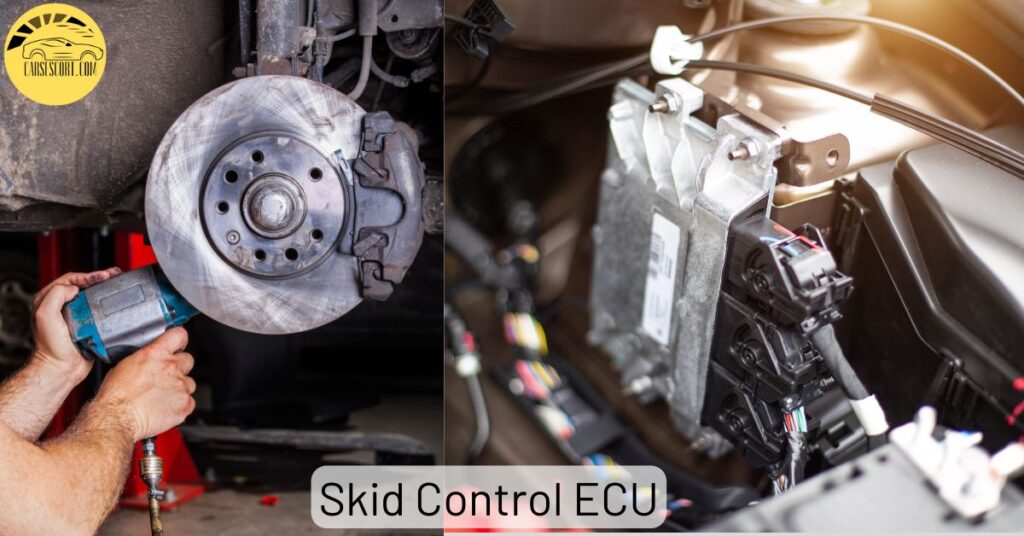Regarding vehicle safety, skid control is a crucial factor to consider. Skidding can happen in a split second, and without the proper mechanisms in place, it can result in severe accidents. That’s where the Skid Control ECU comes in. This system prevents skids by monitoring the vehicle’s speed, acceleration, and other essential data points.
Skid Control ECU (Electronic Control Unit) is a crucial component of modern anti-lock braking systems (ABS) and electronic stability control (ESC) systems in vehicles. It is responsible for monitoring the wheel speed and other sensors in a vehicle to detect and prevent skidding or loss of traction.
How Skid Control ECU Work?
The skid control ECU (Electronic Control Unit) works by continuously monitoring data from various sensors in the vehicle, such as the wheel speed, lateral acceleration, yaw rate, and brake pressure sensors.
The wheel speed sensors provide information about the rotational speed of each wheel, while the lateral acceleration and yaw rate sensors provide data on the vehicle’s direction and movement.
The brake pressure sensor detects how much pressure is applied to each brake.
Based on the data received, the Skid Control determines if a wheel is losing traction or if the vehicle is at risk of skidding.
If it detects a potential skid or loss of control, it sends signals to the ABS (Anti-lock braking system) to adjust the brake pressure to specific wheels or release them momentarily to maintain traction and control.
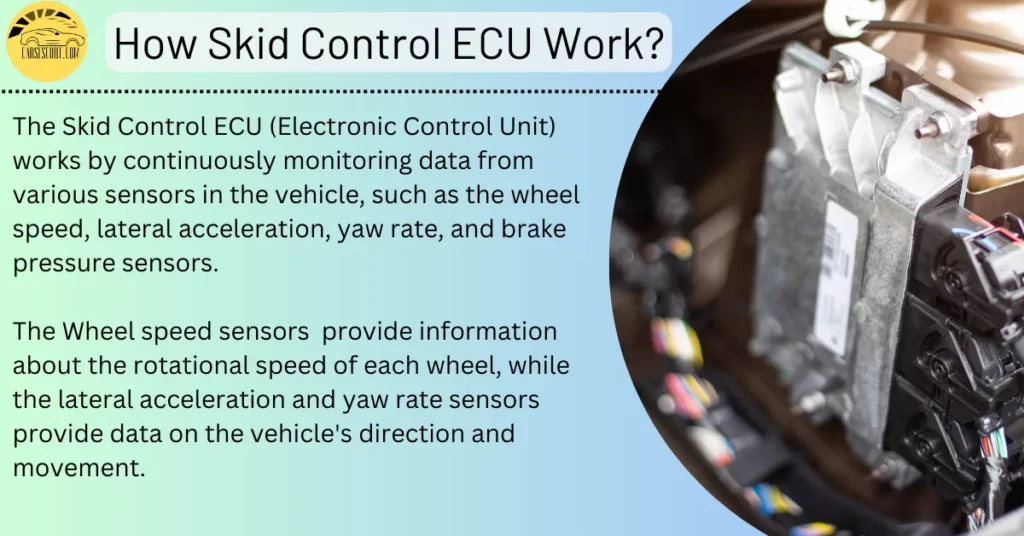
The engine control unit (Skid Control) can also adjust the engine power and transmission to prevent skids and loss of control. For example, if it detects that the vehicle is going too fast into a turn, it may reduce the engine power to reduce the risk of skidding.
Benefits of Skid Control ECU
- It helps prevent skidding and loss of control, reducing the risk of accidents.
- Maintains vehicle stability and control in challenging driving conditions, such as sudden turns and slippery roads.
- Enables smoother and safer braking by adjusting brake pressure to individual wheels, reducing the risk of wheel lock-up.
- It improves overall driving safety and reduces the likelihood of collisions and accidents.
- Enhances the performance and efficiency of other vehicle safety systems, such as ABS and electronic stability control (ESC).
- It can assist the driver in maintaining vehicle control in emergencies, such as sudden braking or swerving.
- It helps to ensure consistent and predictable vehicle handling, providing a more comfortable and confident driving experience.
- It can improve fuel efficiency by optimizing engine power and reducing unnecessary braking.
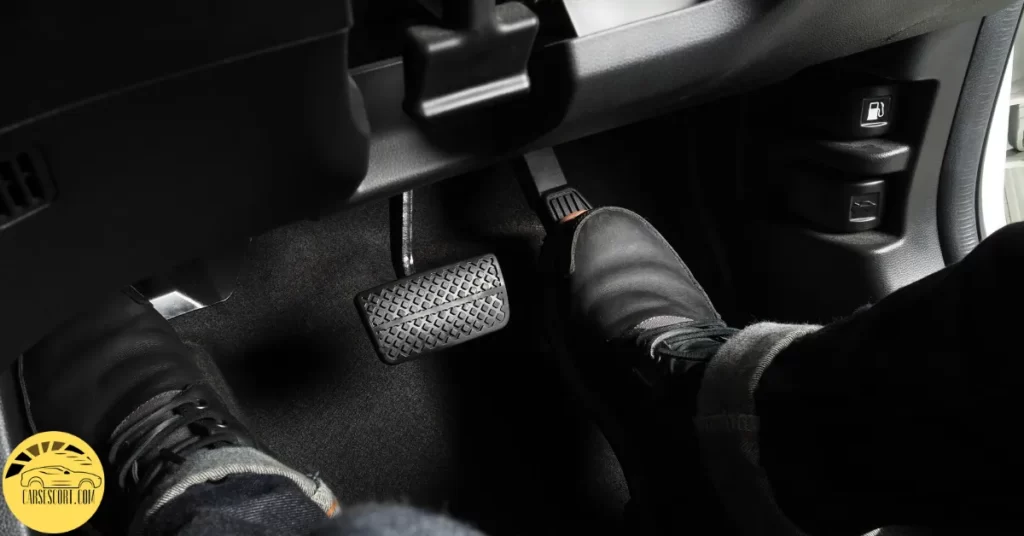
Toyota Skid Control ECU
Toyota skid control ECU is designed and manufactured by Toyota for their vehicles. This component is crucial to Toyota’s anti-lock braking system (ABS) and electronic stability control (ESC) system, designed to improve vehicle safety and control.
Toyota Skid Control Location
The precise location of the skid control ECU in Toyota vehicles can vary on the specific model.
In many Toyota models, the skid control ECU is conveniently located within the engine compartment, adjacent to the brake fluid reservoir, enabling easy access and maintenance, simplifying diagnosing and repairing potential issues.
Toyota has strategically designed the placement of the skid control to ensure efficient and effective communication between the ECU and other essential vehicle components, such as the ABS system and sensors.
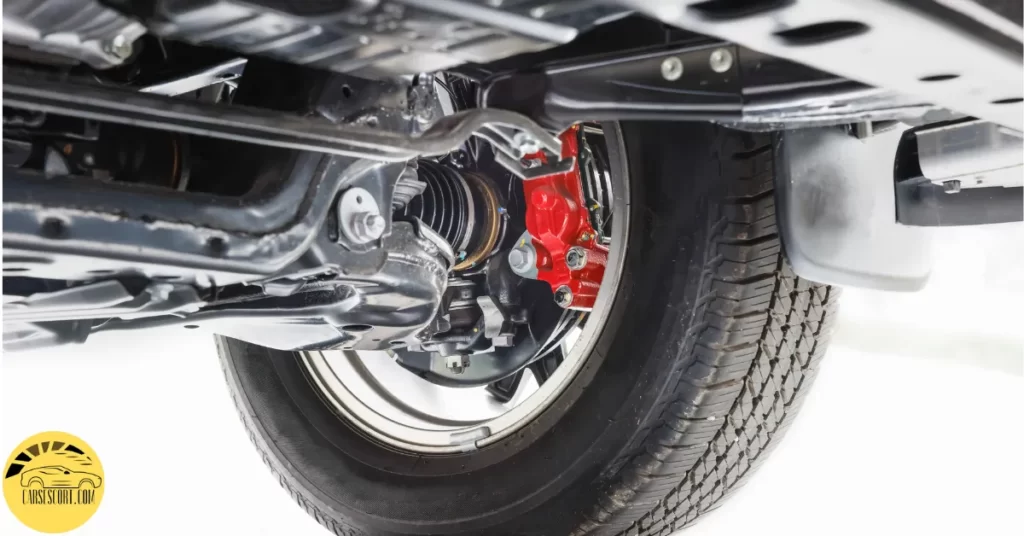
You May Also Like To Read:
Vehicle Having Skid Control System
- Toyota Prius
- Toyota Highlander
- Lexus
Code C1300 Description
Code C1300 is a diagnostic trouble code that can appear in Toyota and Lexus’s vehicles specifically related to a malfunction in the Skid Control ECU and issues with an anti-lock brake system (ABS), ignition switch, wire harness, sensor communication, and electronic stability control (ESC).
The C1300 error code is an error code of key reminder warning system indicates a malfunction in the ECU skid control , which monitors wheel speed sensors and other sensors to prevent skidding or loss of traction.
When the system detects an issue, it stores a fault code in its memory, which can be read with a diagnostic scanner.
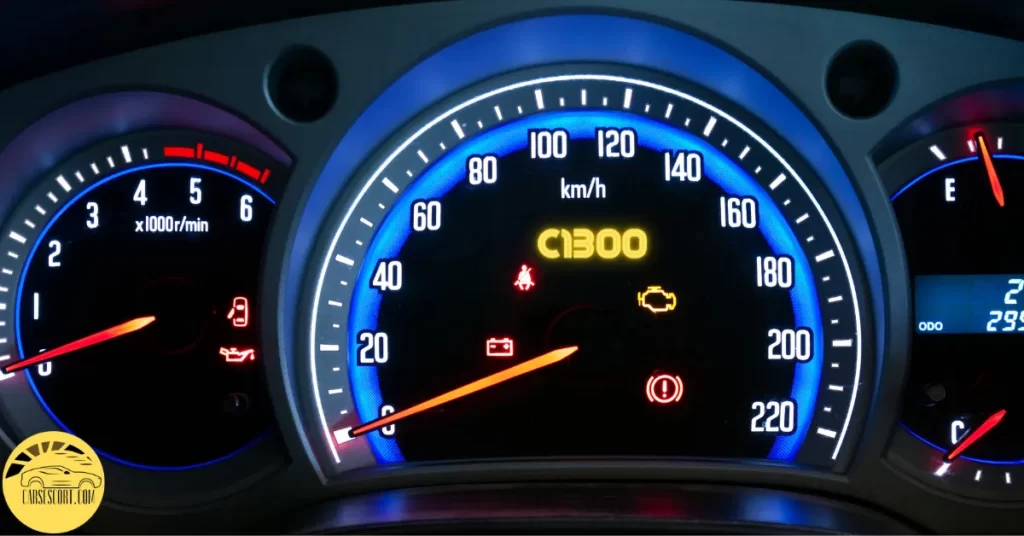
C1300 ABS ECU Malfunctioning
The C1300 diagnostic trouble code in Toyota and Lexus vehicles indicates a malfunction, specifically in the skid control and ABS ECU. The C1300 error code may also trigger due to malfunctioning of the Anti-lock Brake System (ABS) and Electronic Stability Control (ESC),
The dynamic stability control (DSC) is responsible for monitoring the speed of each wheel and other sensors to detect and prevent loss of traction and skidding. If the electronic stability program (ESP) is not functioning correctly, it can compromise the vehicle’s ability to maintain control and stability, particularly in slippery or hazardous driving conditions.
How To Fix C1300 Error Code?
- Perform a visual inspection: Start by visually inspecting the wiring and connections to the Skid Control ECU to identify any visible signs of damage, corrosion, or loose connections.
- A mechanic will use a diagnostic scanner to read the stored fault codes in the system’s memory and perform tests on the ABS and ESC system’s components to identify the specific cause of the C1300 code.
- Once the issue has been diagnosed, repair or replace the malfunctioning components as necessary, involving repairing damaged wiring, replacing a defective component, or replacing faulty sensors.
- After repairing or replacing the malfunctioning components, the mechanic will clear the fault codes from the system’s memory and perform a test drive to confirm that the issue has been resolved.
FAQ
Where is the skid control ECU on a 2005 Prius?
The skid control ECU on a 2005 Prius is located under your car’s dashboard on the driver’s side, near the center console under the steering wheel.
Does ECU control traction control?
Yes, the ECU (Electronic Control Unit) controls traction control in most modern vehicles, including Toyota models.
Does the ECU control speed of the wheels?
Yes, the ECU monitors the speed of each wheel using sensors and adjusts the brake pressure and engine power to maintain stability and prevent skidding.
Affiliate Disclosure: Cars Escort is a participant in the Amazon Services LLC Associates Program. As an Amazon Associate, we earn from qualifying purchases made through affiliate links on our site. Read Our Disclaimer .

